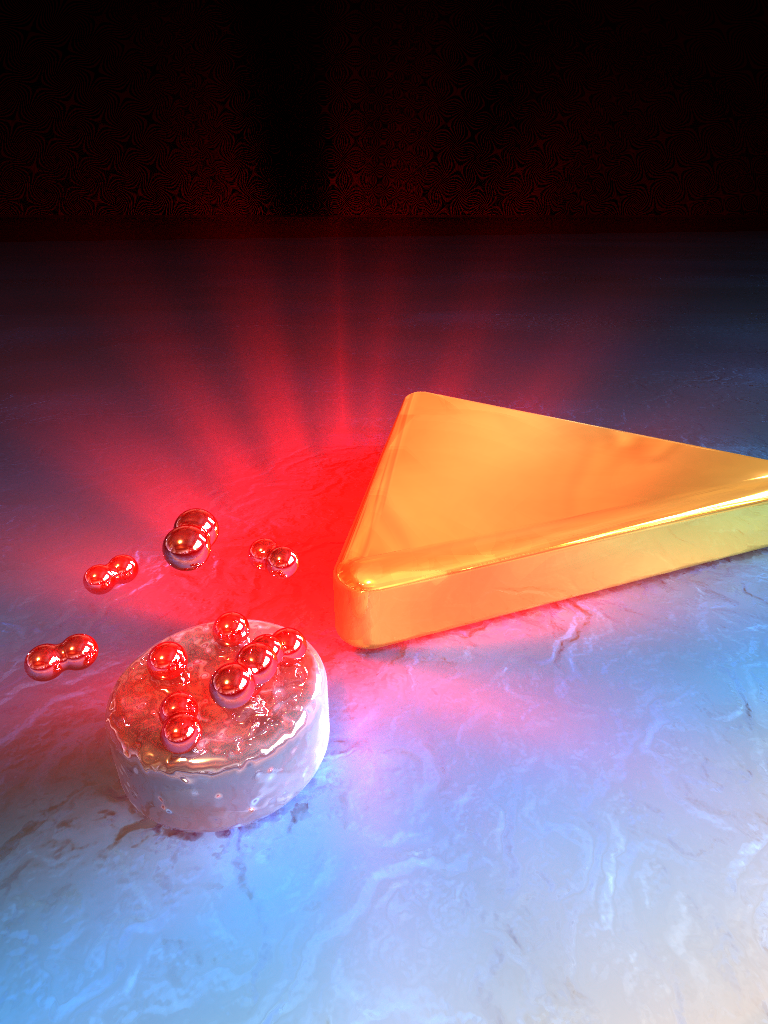This week I am attending the Materials Research Society Fall meeting in Boston, where there is a big focus on energy. Catalysis, fuel cells, batteries, solar cells, solar fuel, you name it. And I had a discussion with some researchers from the inorganic solar cell community, who asked me what is with the organic solar cells? There is a lot of university research in this area they said, but at industrial trade shows in comparison you don’t see as many start-ups working on organic solar. Eight19 is an exception to this that comes to mind.
And as we’ve discussed, the problem is basically efficiency. There have been a lot of advances in inorganics recently, with single films now easily reaching efficiencies above 20%. A thin film GaAs solar cell this year achieved a record efficiency of 28.2%! These highly efficient cells are only about 1 micrometre thick(!), which means they are also quite flexible and bendable. And what’s more, fabrication is also very cheap. To make a thin-film solar cell doesn’t even waste an expensive wafer any more, there are techniques to remove the devices from the substrate and to reuse the wafer for the fabrication of the next cell.
In contrast, organic solar cells are much less efficient, less than half what those record breakers achieve – whether it is dye-sensitized cells or polymer-based ones. In the official, verified solar cell efficiency tables (reference below), GaAs as said achieves 28.2%, silicon thin films 19.1%, silicon crystals 25%, CIGS (of Solyndra fame) 19.6%. On the other hand, dye-sensitized solar cells achieve 10.9% and organic polymers 8.3%. And if you’re wondering, the absolute record is held by the more expensive so-called inorganic multijunction cells at 43.5%, but for concentrated light, not normal light.
But such huge differences in efficiency are known. Typically, the argument made in favour of organic solar cells is cost. But is that so? As explained, the latest generation of inorganic thin-film cells are very cheap to make as well. Moreover, one of the most expensive parts of solar cells are the panels that hold the cells, as well as installation. Assuming that these costs are half of the costs of solar modules (a not unreasonable approximation), fabricating organic solar cells that even would be only 10% to 20% the cost of inorganic ones will cut the cost per panel by 40% to 45%. Yet, with efficiencies of less than half of the inorganic ones, you need twice the amount of panels, so it won’t come cheaper. […]



December 2, 2011
8 Comments